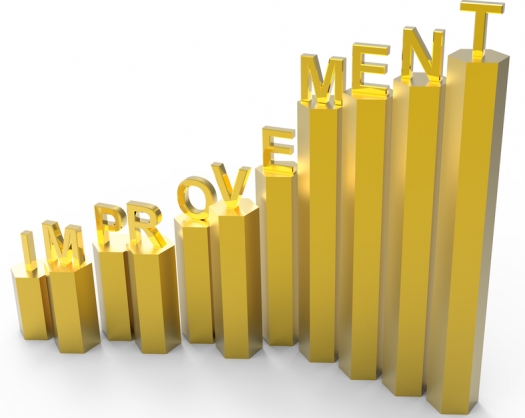Bismuth & Silicon - A Match Made In Heaven?

Perhaps. New research has demonstrated a way to make bismuth electrons and nuclei work together as qubits in a quantum computer
A discovery, published in Nature Materials, could take us a step further to creating practical quantum computing.
This could tackle complex programs that would otherwise take at least an age to complete.
Information on our normal computers is stored in bits, which are either ones or zeros. But quantum bits work differently. Each quantum bit can try out being a one and a zero at the same time, which makes them much more powerful for solving certain problems.
Researchers have explored influencing the direction of spin in electrons to create those states but this approach has had its challenges.
Now scientists based in the University of Warwick, UCL, ETH Zurich and the USA Sandia National Labs, have tried to tackle this problem by doping silicon with bismuth.
Gavin Morley from the University of Warwick's Department of Physics says, "Bismuth atoms in silicon crystals are great at working as quantum bits. Each bismuth atom has a spare electron, which has a 'spin' that can be influenced by magnets."
"If we put the electron into a magnet, it lines up with the magnetic field, behaving like a compass needle. We can control the direction that the electron is pointing in, using microwaves. Microwaves let us flip the direction the electron is pointing in, and these 'up and down' directions are what constitute the 'one and zero' in our quantum bit. Unfortunately, our electron is constantly prone to interference from nearby atoms that are out of our control."
"And the more time we waste, the greater the chance that our poor electron will suffer from interference, making it unusable to us.Now, this electron is coupled to the bismuth nucleus, which has its own spin: a smaller compass needle. Using this as an extra quantum bit and flipping it at the same time as our electron, would really help out. We can control this smaller compass needle too, but as it's smaller, it takes longer to control, and we need to use radiowaves instead of microwaves to do this."
"The good news is that as it's slow to respond, our bismuth nucleus's smaller compass needle suffers less from interference by nearby rogue atoms than our electron's larger compass needle. Unfortunately in the time we spend controlling our bismuth nucleus, these rogue atoms interfere with our electron."
"However we found that if we reduce the magnetic field just enough, then the electron and the nucleus become hybridised. Our new experiments at ETH Zurich show that through hybridisation, we can flip both compass needles easily using microwaves."
Morley compares it to the magnetic resonance imaging we find in hospitals.
He says, "MRI works by controlling the nuclear spins in your body.
"We have hybridised electron and nuclear spins and found that this makes it easier to control them.
"It's an easy new way to make slow and fast quantum bits work together. There are lots more challenges to face before anyone has a working computer with enough quantum bits to be useful, but with this hybridisation as part of a computer's design, we are one step closer."
The paper entitled "Quantum control of hybrid nuclear - electronic qubits" is published in Nature Materials by Gavin W Morley et al. DOI: 10.1038/NMAT3499 (2012).
![]()
Fast control of hybrid quantum bits in silicon. The image above shows how to control the state of an electron spin qubit (blue arrow) rapidly with microwaves using magnetic resonance. Controlling the nucleus (red arrow), is much slower. But in new experiments hybridising the electron and nucleus has allowed researchers to control the combined system and achieve orders of magnitude faster. Also, reducing the magnetic field applied is enough to hybridise the electronic and nuclear qubits.
































